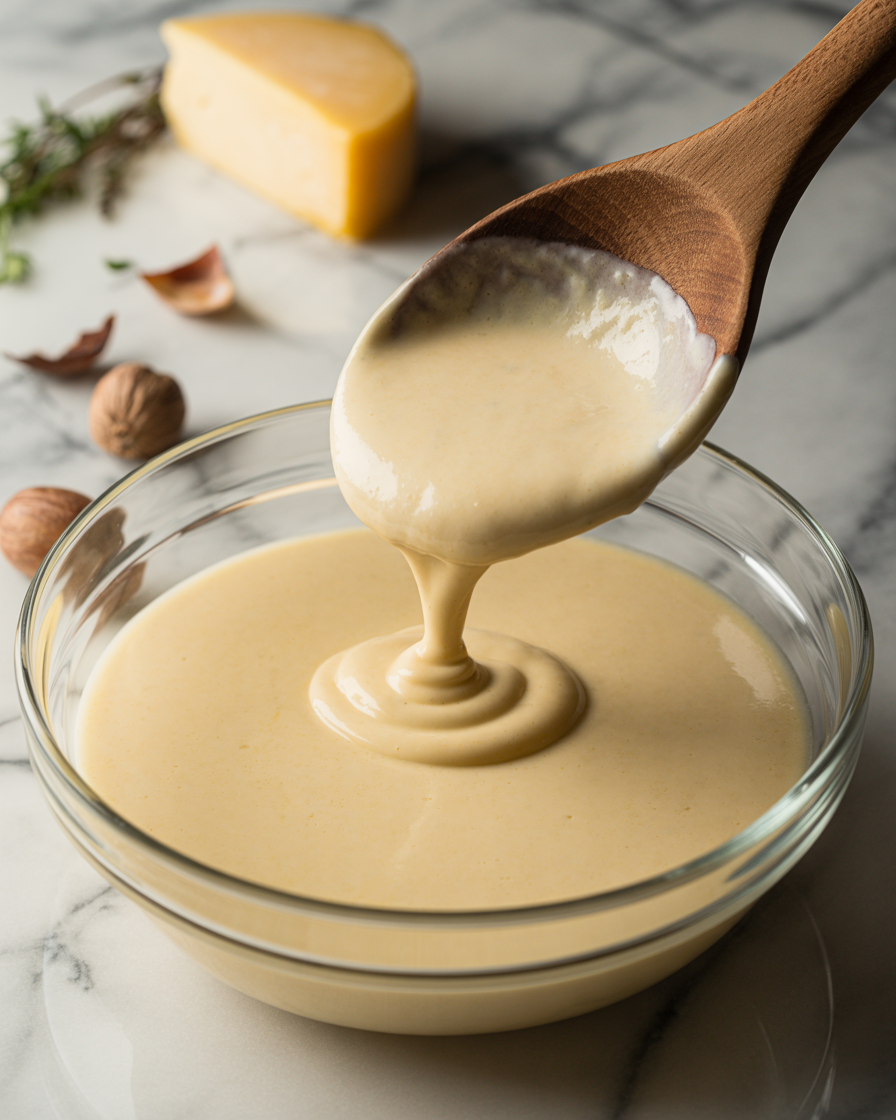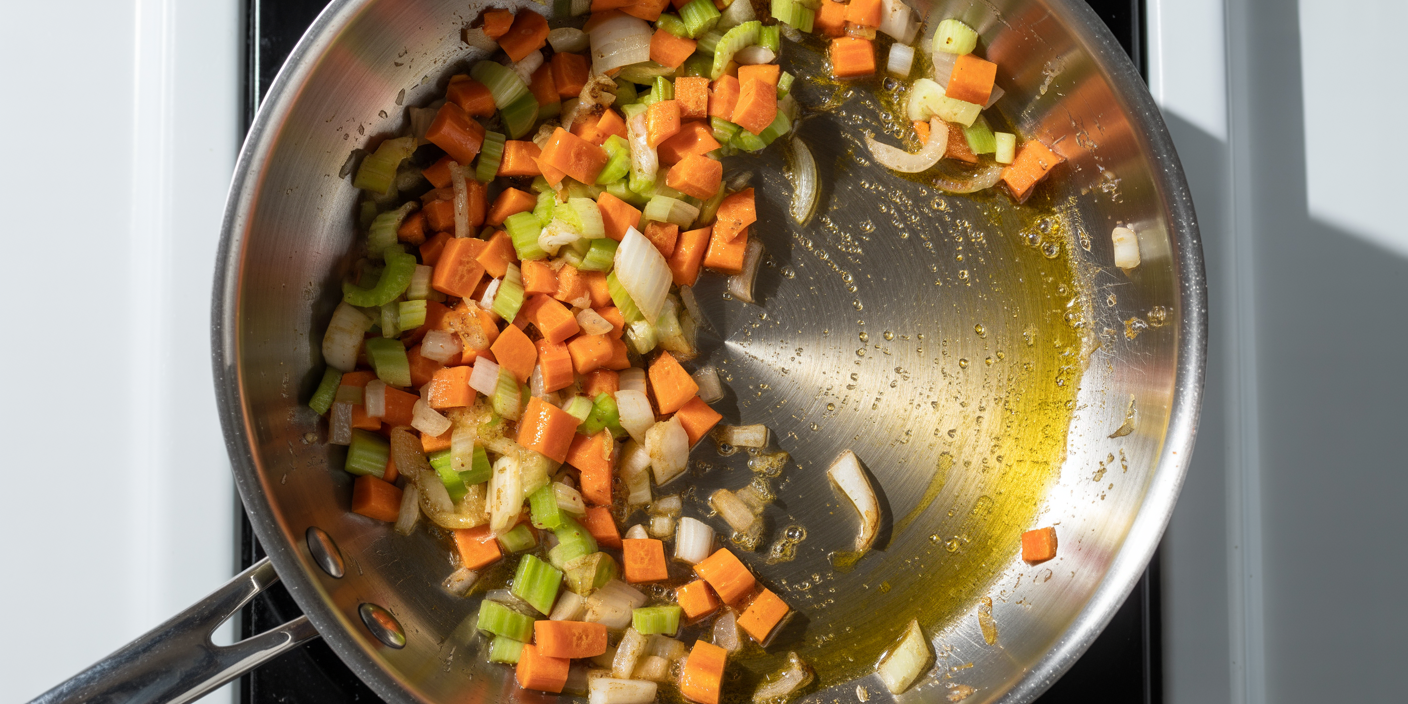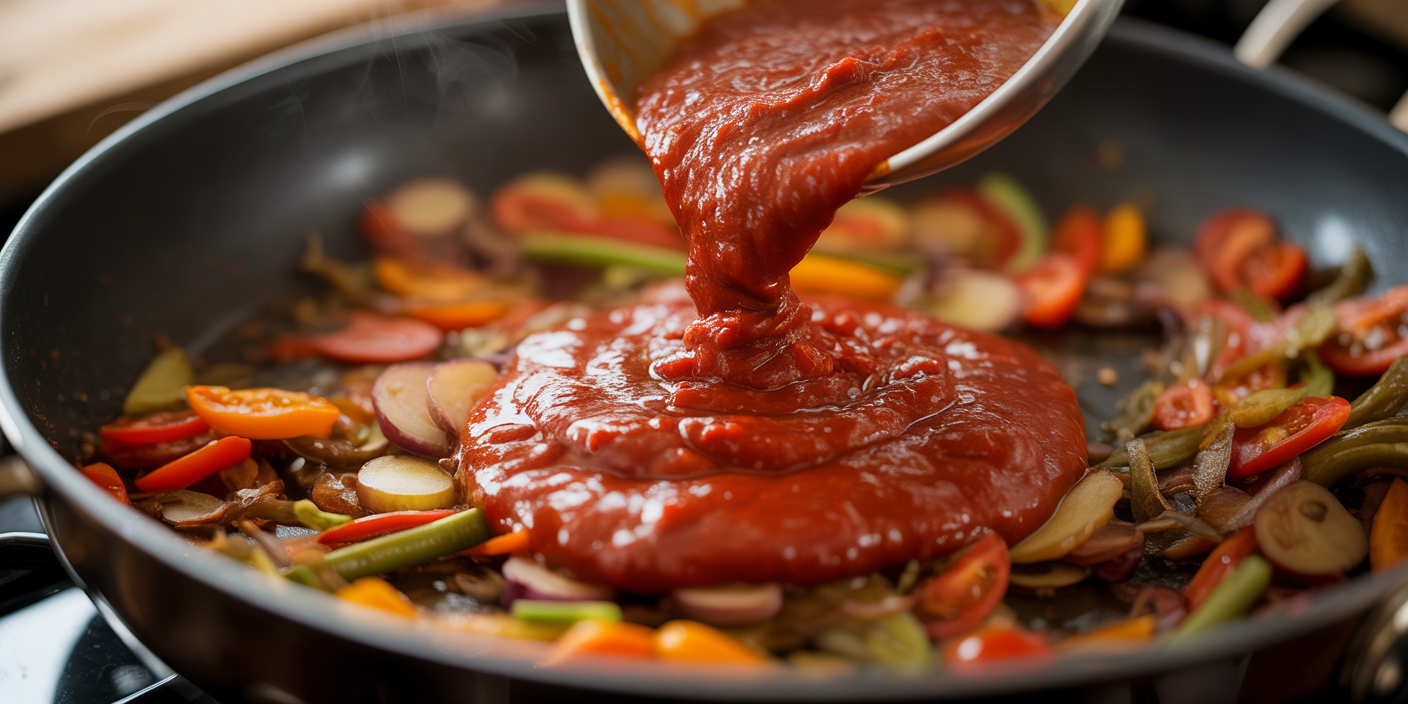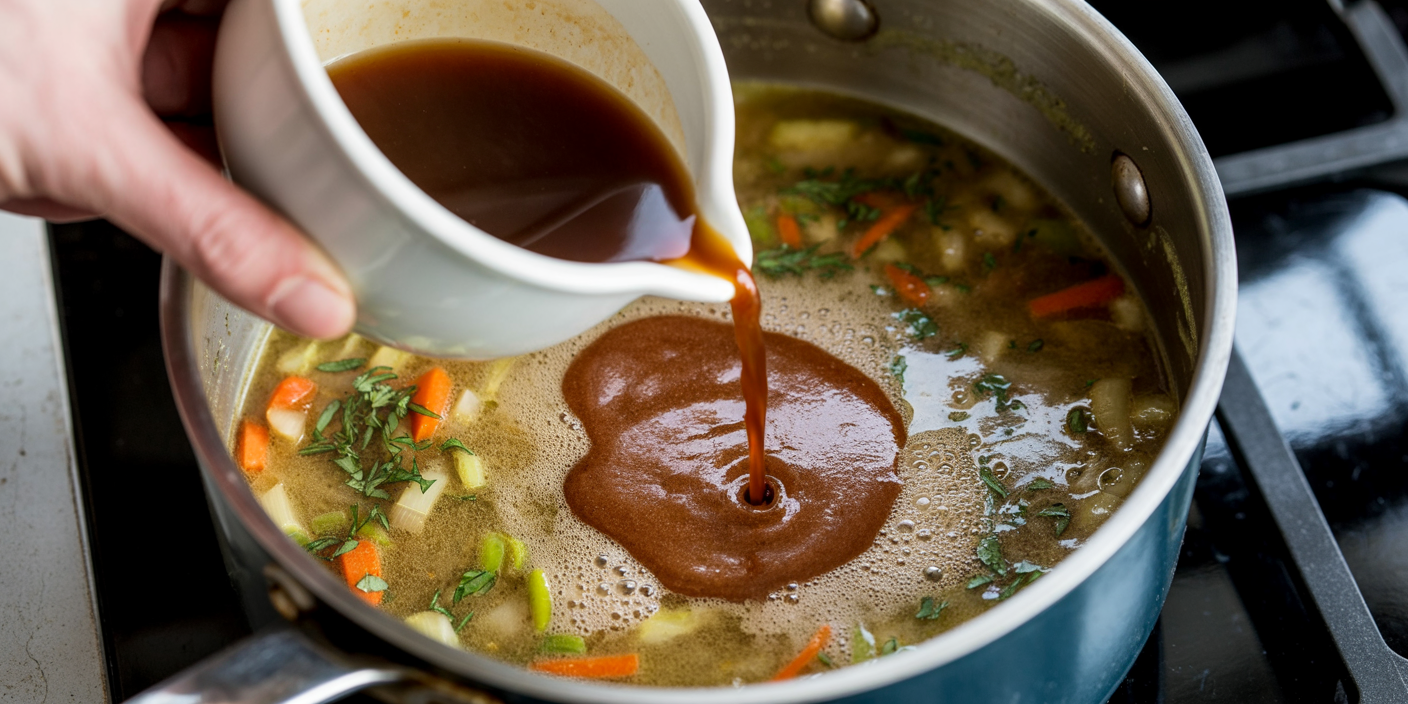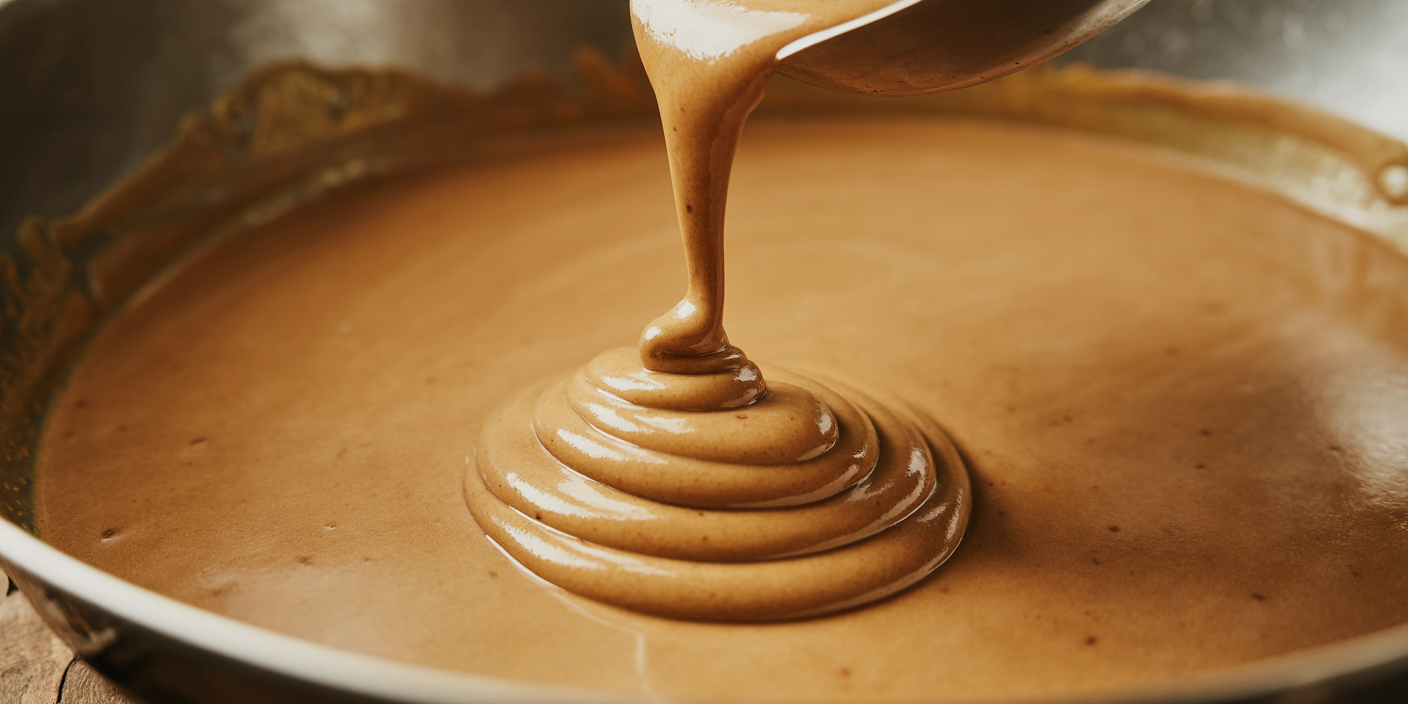Discovering the Rich Legacy of Espagnole Sauce
Espagnole sauce, often hailed as the foundation of classical French cuisine, is a deeply flavorful brown sauce that forms the basis of many gourmet recipes. Known as one of the five mother sauces in French culinary tradition, it is valued for its rich, savory taste and velvety texture. This sauce elevates everything from roasts and braised meats to hearty stews, making it a must-have skill in every chef’s repertoire.
A properly made homemade Espagnole sauce offers layers of flavor: the caramelized richness of roasted vegetables, the aromatic herbs, and the depth of slow-simmered brown stock. This sauce is both versatile and sophisticated, perfect for home cooks and professionals aiming to bring restaurant-quality depth to their dishes. For a fresh, vibrant side to complement your meals, check out this vibrant salad:
👉 Pasta Salad Recipe
A Historical Dive — How Espagnole Became a Culinary Staple
The roots of Espagnole sauce trace back to the 18th century in France, where it was formalized by Marie-Antoine Carême, the famous French chef who categorized the five mother sauces. It is a brown sauce made from a roux, brown stock, vegetables, and a bouquet garni, simmered slowly to develop complex, savory flavors.
Espagnole sauce became the cornerstone of French haute cuisine, providing chefs with a versatile base for demi-glace, bordelaise, chasseur, and mushroom sauces. Its enduring popularity lies in its ability to transform simple cuts of meat into decadent dishes while offering a rich, velvety mouthfeel that embodies classic French flavor.
The Science of Flavor — Why Espagnole Works
A successful Espagnole sauce balances sweet caramelization, earthy depth, and aromatic warmth. Each component contributes:
- Brown roux: The nutty base that thickens the sauce and gives a golden-brown hue
- Mirepoix (carrots, celery, onions): Provides sweetness and aromatic complexity
- Tomato paste: Adds umami depth and subtle acidity
- Brown stock: Enhances richness with concentrated meaty flavors
- Herbs and spices: Such as thyme, bay leaf, and peppercorns for layered aroma
This careful layering ensures a sauce that is full-bodied yet smooth, capable of complementing both light poultry and hearty beef dishes. The key is slow simmering, allowing flavors to meld and intensify naturally.
Mastering Espagnole Sauce — Tips and Techniques
Perfect Roux for Thickening
Use a brown roux cooked until it develops a rich, nutty aroma. Avoid burning but ensure it’s deep enough to give the sauce structure and body.
Stock Matters
Opt for homemade brown stock whenever possible. Slow-cooked veal, beef, or chicken stock provides a full flavor backbone. Pre-made stocks can be used, but the depth won’t match traditional slow-simmered versions.
Flavor Layering
Add tomato paste early, allowing it to caramelize slightly before adding stock. This technique builds sweet, umami undertones.
Simmer with Patience
Espagnole is not rushed. A gentle simmer for 45–60 minutes melds all flavors. Stir occasionally and skim impurities to maintain clarity.
Storage & Versatility
Make in advance and refrigerate or freeze. It serves as a base for demi-glace, mushroom sauce, bordelaise, or chasseur, expanding your French culinary repertoire.
Serving Ideas — Elevate Everyday Meals
- Serve over grilled or roasted beef for an authentic French bistro experience
- Use as a base for classic demi-glace in gourmet dishes
- Drizzle over pan-seared duck or veal to enhance flavor complexity
- Combine with mushrooms, shallots, and red wine for a decadent mushroom sauce
Conclusion
Espagnole sauce is a cornerstone of classical French cooking, offering rich, savory, and deeply layered flavors that elevate even the simplest proteins. Mastering this sauce provides home cooks and professional chefs alike with a versatile, elegant foundation for a wide array of dishes. From its caramelized mirepoix to slow-simmered brown stock, each step brings complexity, depth, and gourmet sophistication to your culinary creations.
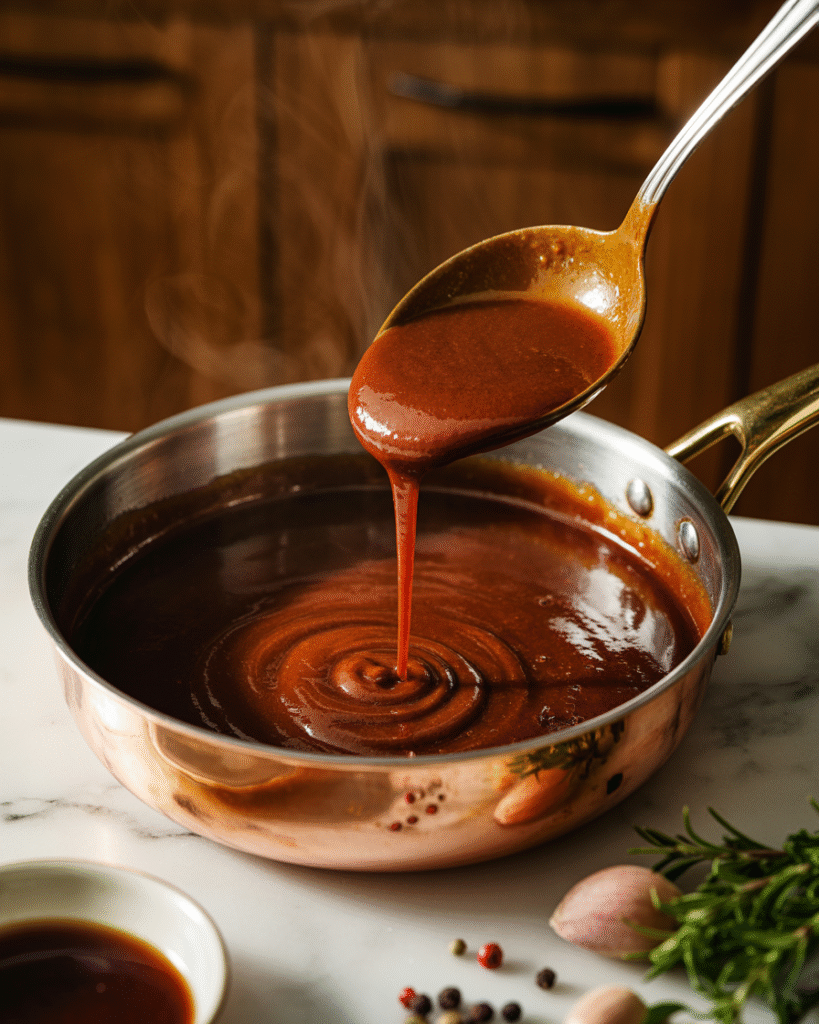
How to Make Espagnole Sauce – Step-by-Step Guide
Description
Learn to make homemade Espagnole sauce, the foundational French brown sauce used in demi-glace, mushroom sauce, and various elegant meat dishes. Rich, savory, and full of flavor.
Ingredients
Herbs & Spices:
Optional Add-ins:
Instructions (Step-by-Step)
-
Step 1: Make the Brown Roux
In a saucepan, melt butter and add flour. Stir constantly until it turns golden-brown and nutty.
-
Step 2: Sauté Mirepoix
In a separate pan, cook carrots, celery, and onions until softened and caramelized.
-
Step 3: Add Tomato Paste
Mix in tomato paste and cook for 2–3 minutes to enhance sweetness and depth.
-
Step 4: Combine with Stock
Gradually whisk in brown stock until smooth. Add herbs and spices, bringing to a gentle simmer.
-
Step 5: Simmer Slowly
Reduce heat and simmer for 45–60 minutes, stirring occasionally and skimming impurities.
-
Step 6: Strain and Finish
Strain the sauce through a fine mesh sieve for smooth, velvety texture. Adjust seasoning and use immediately or cool for storage.
Nutrition Facts
Servings 6
- Amount Per Serving
- Calories 80kcal
- % Daily Value *
- Total Fat 5g8%
- Saturated Fat 2g10%
- Sodium 120mg5%
- Total Carbohydrate 6g2%
- Protein 2g4%
* Percent Daily Values are based on a 2,000 calorie diet. Your daily value may be higher or lower depending on your calorie needs.
Note
Use homemade stock for maximum depth of flavor
Simmer slowly to avoid bitterness and enhance complexity
Perfect base for demi-glace, bordelaise, or mushroom sauces


